HotSpots H2O, November 19: Deadly Water Disputes Intensify in Central Asia as Glaciers Melt
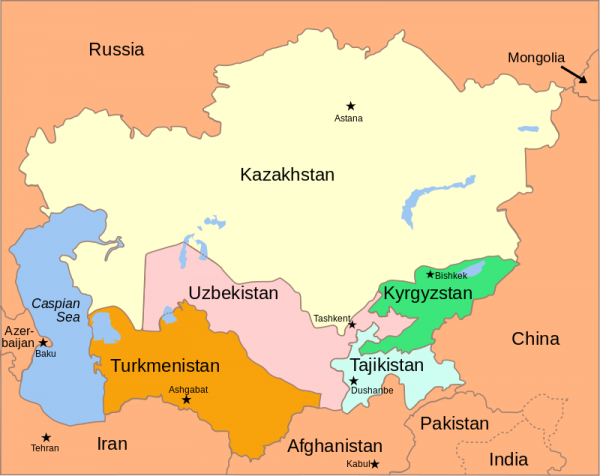
The independent states of Central Asia with their Soviet-drawn borders. Photo courtesy of Wikimedia Commons.
The Rundown
In Central Asia, small-scale water conflicts flare frequently along the jigsaw borders that separate Kazakhstan, Kyrgyzstan, Tajikistan, Turkmenistan, and Uzbekistan. Sometimes, these disagreements turn deadly.
Under Soviet rule, water-rich Kyrgyzstan and Tajikistan provided much of the water needed for the region’s agriculture, which is fed by canals that cross what are now international borders. In exchange, fossil fuel-rich Kazakhstan, Turkmenistan, and Uzbekistan shared gas and coal with their upstream neighbors for winter use. When the Soviet Union fell in 1991, regional cooperation began to erode, paving the way for today’s unrest.
A warming planet is adding strain to a region already under political stress. Over the past few decades, temperatures in Central Asia have gradually increased, shrinking the mountain glaciers that supply water to the region. Scientists warn that the glaciers, which are melting at four times the global average, could recede substantially by 2050. With hotter temperatures and less water, agriculture in the region is suffering. The competition for remaining resources is fierce.
“We fight over pastures and water. That is just what life is like here. The young men gather together, they block the road with their cars and then they fight. If there are any further water shortages then there will be even greater struggles. God knows what might happen.” –Mashrap Toichiev, a resident of Kyrgyzstan who says upstream Tajikistan is “torturing” his country by withholding water. In summertime, clashes over irrigation water occur daily, and often turn violent.
By The Numbers
60 million+ Population of Central Asia.
30 years Length of time until the region’s glaciers are largely depleted, according to scientists.
5.4 cubic kilometers Water that is lost from Central Asia’s glaciers each year, an amount similar to the yearly consumption of Switzerland.
2-3 hours Length of time many residents of eastern Tajikistan have electricity each day in the winter, despite proximity to hydroelectric power stations.
On The Radar
Officials in Central Asia meet often to deliberate over the region’s water policies, but the gatherings have failed to produce unified action. Instead, governments have plans of their own for alleviating water shortages. Turkmenistan has begun construction of the Golden Age Lake, a man-made, 3,500-square-kilometer reservoir that could only be filled by diverting massive amounts of water from Uzbekistan. Tajikistan hopes to build the Rogun dam, which would be the tallest hydroelectric dam in the world at 335 meters.
“The most optimistic scenario is that things stay as they are,” Russian analyst Andrei Kazantsev told the BBC in 2016, speaking about the region’s unrest. “The most pessimistic one is complete catastrophe and the emergence of a string of failed states.”
Resources and Further Reading
Are ‘Water Wars’ imminent in Central Asia? (Al Jazeera)
In Kyrgyzstan, warming brings less water – and more conflict (Reuters)
Water Wars in Central Asia(Foreign Affairs)
Will Central Asia fight over water? (BBC)
Kayla Ritter is a recent graduate of Michigan State University, where she studied International Relations and Teaching English to Speakers of Other Languages. She is currently based in Manton, Michigan. Kayla enjoys running, writing, and traveling. Contact Kayla Ritter

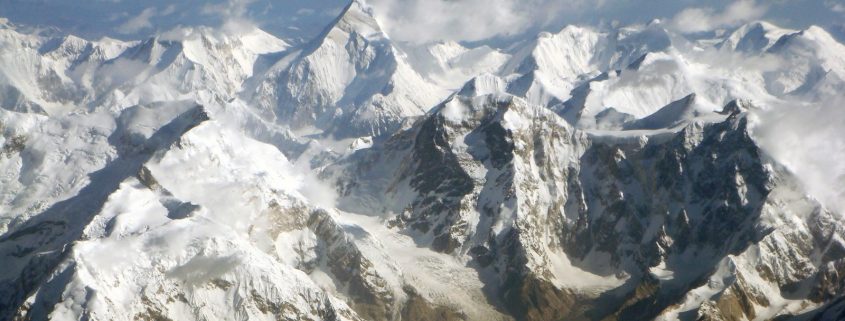

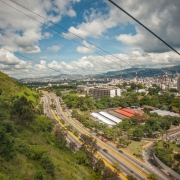

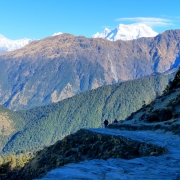
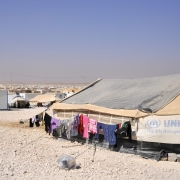
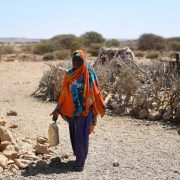
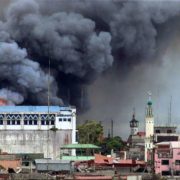



Leave a Reply
Want to join the discussion?Feel free to contribute!